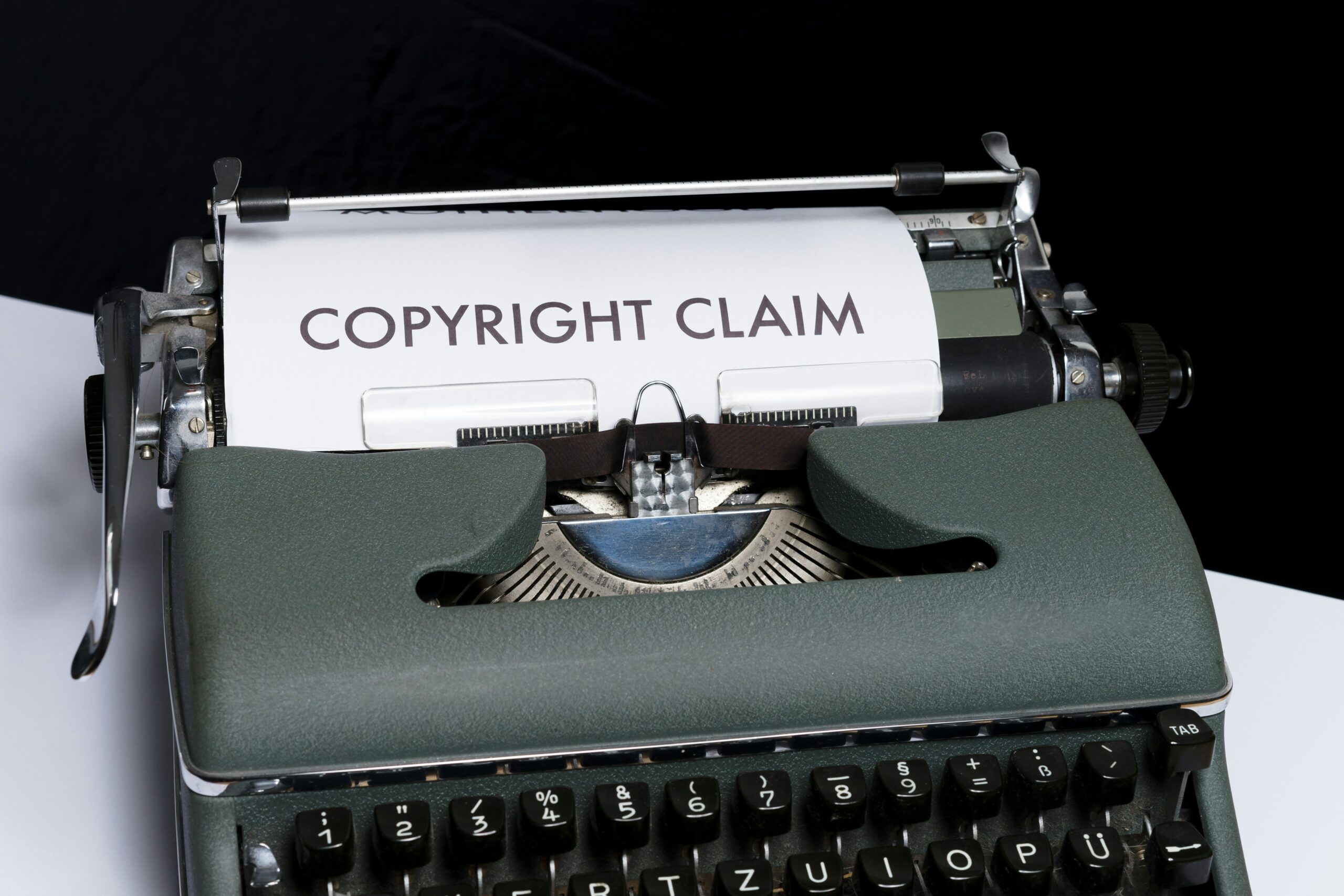To be trained, developed, and enhanced, AI models require a substantial amount of data.
AI systems essentially learn from the data they are fed. This need for data has spurred litigation
in the past year concerning what data can be used and how. A lot of important and useful data is
legally protected by, among other things, copyright laws. What happens, for example, if an
author learns that his book was fed into an AI model without his knowledge or consent? Does
the author have a legal claim and, if so, what are his damages? And what happens to that AI
model after it has ingested and been trained on that copyrighted work?
Courts nationwide are grappling with these questions in several cases brought by
copyright holders who have claimed various AI models were trained by infringing their
copyright-protected works. Last month, one of those courts issued a much anticipated decision
in Thomson Reuters Enters. Centre GMBH v. Ross Intelligence Inc., No. 1:20-cv-613, Dkt.
No. 770 (D. Del. Feb. 11, 2025). The decision addressed whether an AI system infringed
copyrights and whether the AI company’s infringement was excused because it was “fair use.”
Thomson Reuters is the owner of Westlaw, a legal research database. One of Westlaw’s
features is its “headnotes,” which are short summaries of case law that allow legal researchers to
navigate judicial decisions quickly and efficiently. Thomson Reuters owns the copyrights to
Westlaw’s headnotes.
Ross Intelligence is the creator of an AI-powered legal research tool that allegedly,
through a vendor, used Westlaw’s copyright-protected material to train its AI system. Ross was
developing a legal research system that would compete with Westlaw.
Thomson Reuters sued Ross in federal court in Delaware for copyright infringement. In
response, Ross asserted various defenses, including “fair use.” Fair use is an affirmative defense
that allows someone to use copyrighted work without the copyright owner’s permission for
certain purposes like criticism, commentary, teaching, and research.
In February 2025, the federal court reached several conclusions in its summary judgment
decision. In short, the court found in favor of Thomson Reuters on the issue of copyright
infringement and found against Ross on the issue of fair use. The judge concluded that there was
no genuine dispute that Ross had infringed Thomson Reuters’s copyrights, and Ross had no fair
use defense.
Ross had copied and used Westlaw’s headnotes and, because the use was commercial and
not transformative, no fair use defense applied. The court emphasized that “Ross was using
Thomson Reuters’s headnotes as AI data to create a legal research tool to compete with Westlaw.
It is undisputed that Ross’s AI is not generative AI (AI that writes new content itself). Rather,
when a user enters a legal question, Ross spits back relevant judicial opinions that have already
been written. That process resembles how Westlaw uses headnotes and key numbers to return a
list of cases with fitting headnotes.”
The Thomson Reuters decision is critical because it is the first to concern fair use for AI
systems. The question of whether, and to what extent, fair use applies to copyrighted materials
used to train AI systems is at the center of several pending cases brought by authors, writers, and
creatives against AI companies. The unique facts in Thomson Reuters may, however, limit its
application. The Thomson Reuters court relied on the fact that Ross was using Thomson
Reuters’s copyrighted information for the purpose of creating a competing product that was not
generative. The same likely cannot be said, for example, for ChatGPT’s use of an author’s book
to train its system—ChatGPT is not a competitor of the author, and ChatGPT is generative.
Nevertheless, we’ll wait and see what develops in this new area of technology and
intellectual property.
For more information on artificial intelligence (AI), please contact Jason Kelly, Esq., CIPP/US/E at [email protected].



